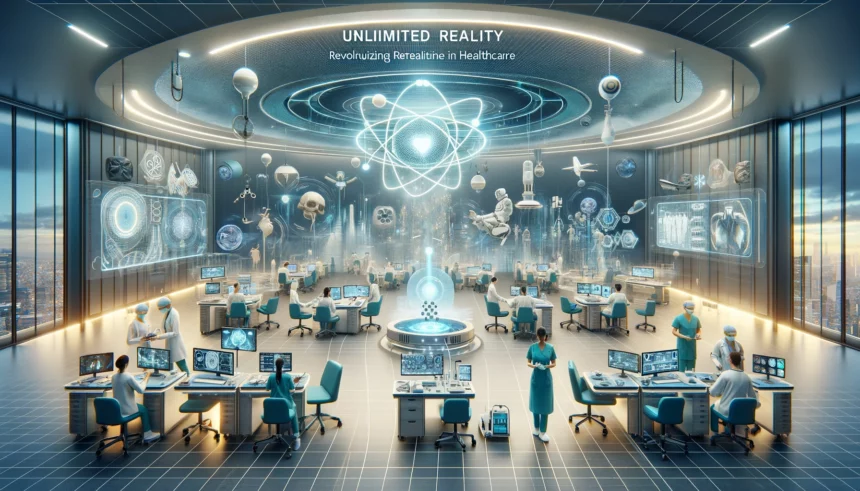In an era where technology touches almost every aspect of our lives, a new frontier is emerging in the healthcare industry, promising to transform how we interact, diagnose, and treat. This frontier, known as unlimited reality, merges the realms of virtual reality (VR), augmented reality (AR), and mixed reality (MR) to create vast networks of virtual worlds. These aren’t just any worlds; they are designed to offer immersive experiences that mimic real-life interactions but in a digital space. The potential of such technology in healthcare is vast and varied, from enhancing patient care to revolutionizing medical education and research.
Breaking New Ground in Patient Care
Imagine a world where therapy sessions are conducted in customizable virtual environments, making treatment accessible, safe, and, if needed, anonymous. This is not a distant reality. VR solutions are already making strides in treating conditions like anxiety, depression, and eating disorders, providing a safe and controlled setting for patients. Pain management, too, has seen innovative approaches with VR, helping cancer patients and those recovering from severe injuries. The technology extends its benefits to pediatric care, transforming intimidating procedures into engaging adventures for young patients.
Bridging the Health Equity Gap
The impact of unlimited reality extends beyond individual treatment plans, with the potential to address broader issues like health equity. For instance, AR-enhanced hearing aids that offer visual cues to improve sound perception, or VR solutions that grant clearer vision to those with visual impairments, are just the tip of the iceberg. VR can also bring therapeutic interventions to the elderly and those in senior living communities, promoting mental well-being through activities like guided meditation. By making health information more accessible, these technologies promise to bridge gaps in care, especially for marginalized communities.
Fostering Global Collaboration Among Care Teams
In the world of healthcare professionals, VR is redefining the concept of collaboration. Lifelike training simulations and patient-specific scenario simulations offer clinicians a new way to hone their skills. Surgical planning and execution can also benefit from VR, enabling surgeons to virtually explore a patient’s anatomy before the actual procedure. This not only enhances surgical outcomes but also promotes cross-disciplinary collaboration, even allowing for real-time knowledge sharing across continents.
Streamlining Operations with Digital Simulations
Operational efficiency is another area where unlimited reality can make a significant impact. By simulating hospital environments, VR can help test operational capacities, train staff, and prepare for emergency protocols more effectively. The concept of a hospital digital twin exemplifies how virtual simulations can forecast capacity issues and operational bottlenecks, paving the way for more efficient healthcare delivery.
Looking Ahead
The journey of integrating unlimited reality into healthcare is just beginning. With each application designed today, we edge closer to a future dominated by comprehensive virtual ecosystems. These aren’t just tools for enhancing current practices; they’re steppingstones to a revolution that could redefine patient care, medical education, and research. As we continue to explore and expand the capabilities of this technology, the boundaries of what’s possible in healthcare will likely continue to shift, heralding a new era of innovation and improved outcomes for patients and providers alike.
In conclusion, the advent of unlimited reality in healthcare marks the dawn of a transformative era. By embracing these virtual technologies, the healthcare industry can not only improve patient experiences and outcomes but also overcome long-standing challenges related to accessibility, equity, and efficiency. The journey is full of potential, promising to unlock new horizons in care and collaboration that were once confined to the realm of imagination.















